It was an ordinary day in the arid, wind-swept hills of Argentine Patagonia—until paleontologists uncovered something so massive and mind-boggling that it sent shockwaves through the scientific world. Imagine standing in the shadow of a creature with wings spanning the length of a city bus, its toothy jaws snapping shut with a force that could shatter bone. This is not the stuff of fairy tales—this is Thanatosdrakon amaru, the “Dragon of Death,” a newly discovered pterosaur that soared above dinosaurs 100 million years ago. The discovery has not only shattered previous records but has also ignited a wave of excitement, awe, and curiosity among scientists and the public alike. Are you ready to meet one of Earth’s most astonishing prehistoric giants?
A Colossal Discovery in Patagonia

The story begins in the desolate outcrops of Mendoza Province in Argentina, where a team of paleontologists unearthed the fossilized remains of a gigantic flying reptile. The sheer scale of the bones was immediately striking—some of the vertebrae were as long as a human arm. For years, these rocks had hidden one of the greatest secrets of prehistory, waiting for just the right moment, and just the right eyes, to reveal their treasure. This find didn’t just add a new species to science; it redefined what we thought possible about prehistoric flight.
Why the Name “Dragon of Death”?
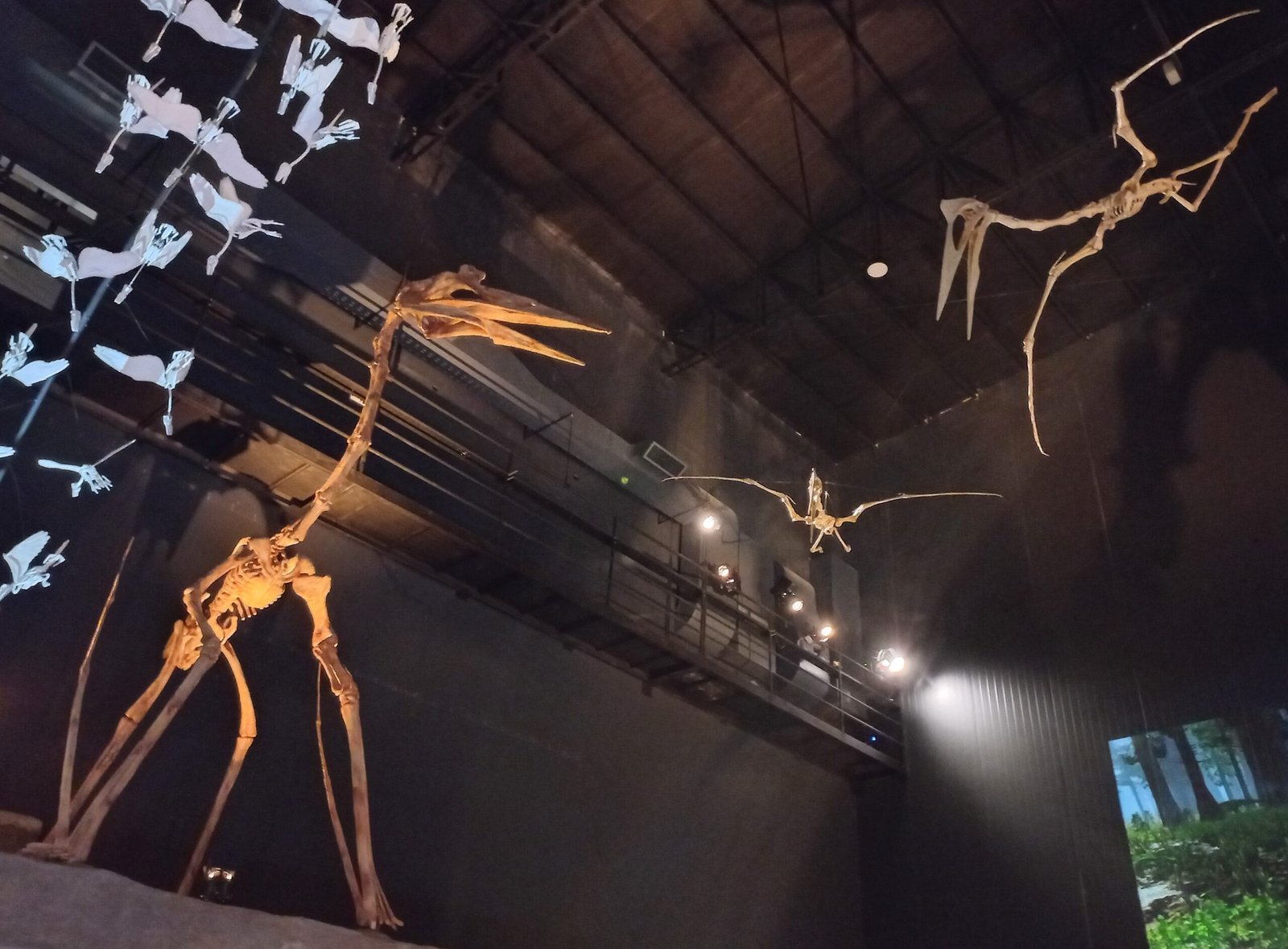
Thanatosdrakon amaru’s name is as dramatic as its appearance. “Thanatos” means death, and “drakon” means dragon, both rooted in Greek. The name evokes a creature of myth, but this giant was terrifyingly real. The suffix “amaru” comes from Quechua, an Andean language, meaning serpent. Together, the name perfectly captures the awe and fear that such a beast would inspire if it soared overhead today. Scientists didn’t choose the name lightly—they wanted it to reflect both the animal’s ancient roots and its formidable presence.
Meet the Pterosaur: Masters of the Mesozoic Skies
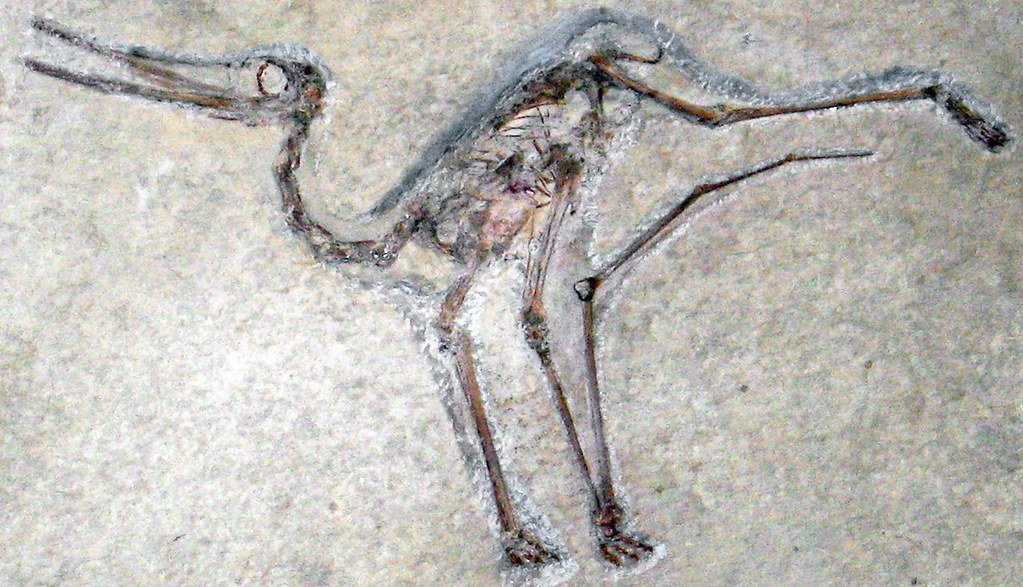
Pterosaurs, often mistaken for dinosaurs, were actually flying reptiles that ruled the skies during the Mesozoic Era. These creatures came in all shapes and sizes, from sparrow-sized to the “Dragon of Death,” whose wings could stretch nearly 30 feet. Unlike birds, pterosaurs had leathery wings supported by a single elongated finger. They were agile, adaptable, and some, like Thanatosdrakon, were the undisputed giants of their time.
How Old Is the “Dragon of Death”?

The fossil remains date back roughly 100 million years, placing Thanatosdrakon in the mid-Cretaceous period. This was a time when South America teemed with strange and spectacular life, from enormous sauropods to fearsome carnivores. The world was warmer, the continents were shifting, and the skies were alive with creatures that seem almost impossible today. To hold a piece of Thanatosdrakon’s bone is to touch a world long vanished, a time capsule from an age of monsters.
Size That Defies Imagination
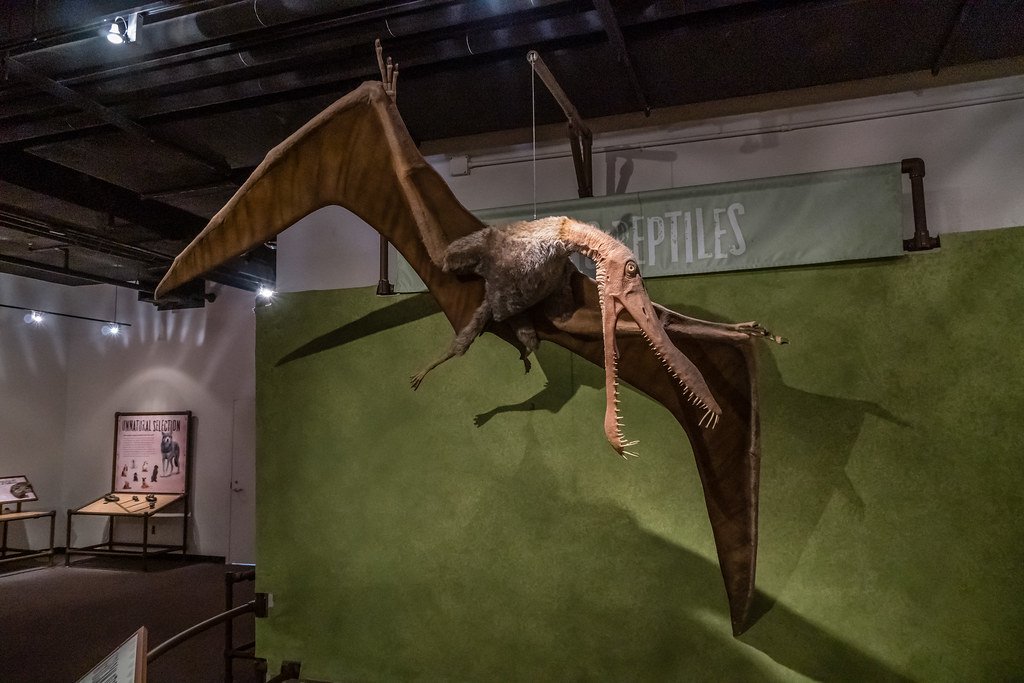
It’s hard to grasp just how enormous Thanatosdrakon was without a direct comparison. Picture standing beneath a flying creature with a wingspan as wide as a modern school bus. Some estimates suggest it weighed hundreds of kilograms, with a body as robust as a large predatory dinosaur. Its skull alone could have dwarfed a grown man. The sheer scale of this pterosaur challenges everything we thought we knew about prehistoric flight and the limits of animal size.
The Anatomy of a Prehistoric Giant
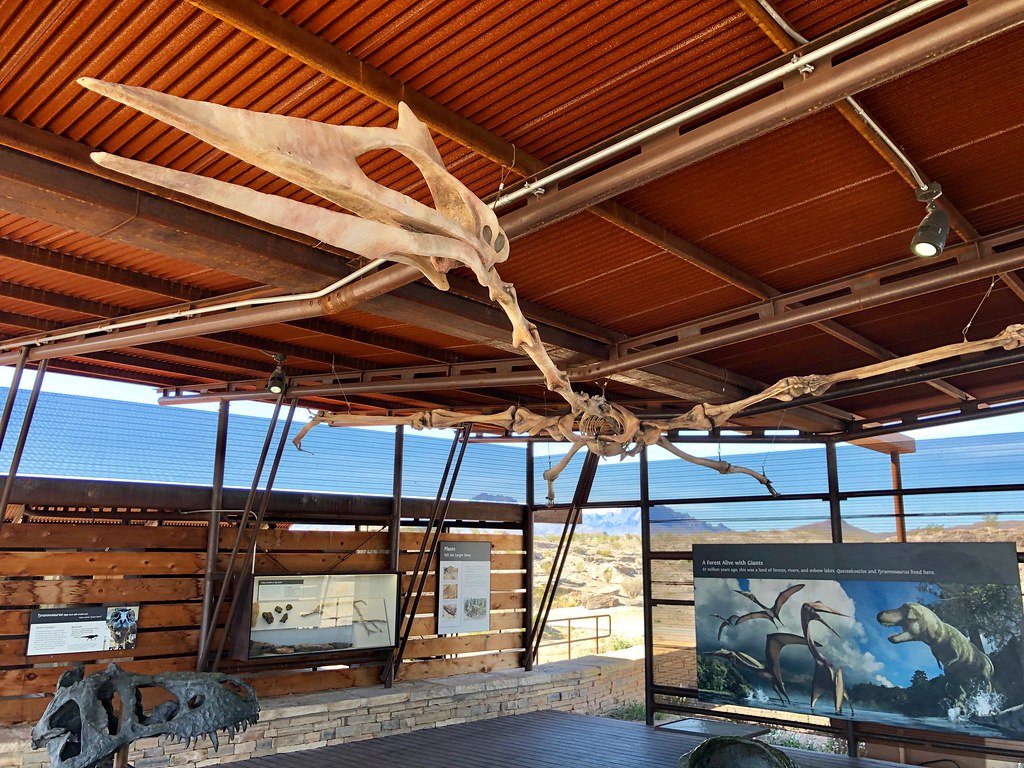
A closer look at the bones reveals a marvel of evolutionary design. Thanatosdrakon’s wings were lightweight but strong, made of hollow bones like those of modern birds but on a much grander scale. Its jaws were lined with sharp, conical teeth, perfect for snagging fish or perhaps scavenging carcasses. The vertebrae were fused for stability, supporting the enormous muscles required for flight. Every part of its body was fine-tuned for survival in a dangerous world.
What Did the “Dragon of Death” Eat?
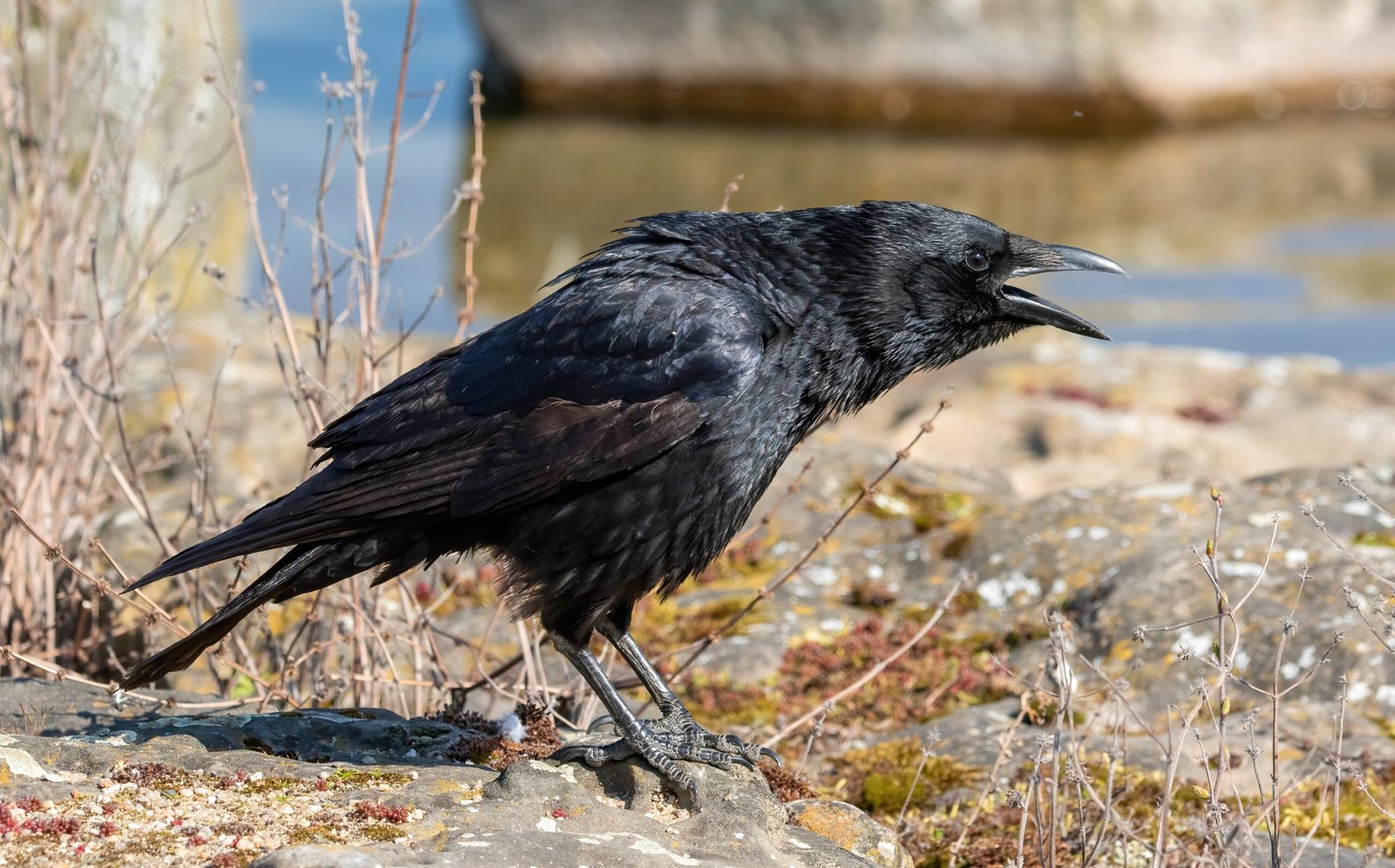
While scientists can’t say for certain what Thanatosdrakon’s favorite meal was, evidence from similar pterosaurs suggests a diet of fish, small dinosaurs, and carrion. Its sharp teeth and powerful jaws would have made it a formidable predator and scavenger. In the wild, it might have swooped down on unsuspecting prey or fought off rivals for a choice carcass. Imagining this giant gliding silently over ancient rivers conjures a scene straight out of a lost world.
The Fossil Find: A Race Against Time

Uncovering Thanatosdrakon’s bones was no easy feat. The fossils were deeply embedded in hard rock, requiring painstaking excavation with delicate tools. Paleontologists had to work quickly before erosion and weather destroyed the precious remains. Each fragment was cataloged, mapped, and carefully transported to the lab. The process took months, but the reward was a nearly complete skeleton—an incredibly rare find for a pterosaur of this size.
Rewriting the Book on Pterosaur Evolution
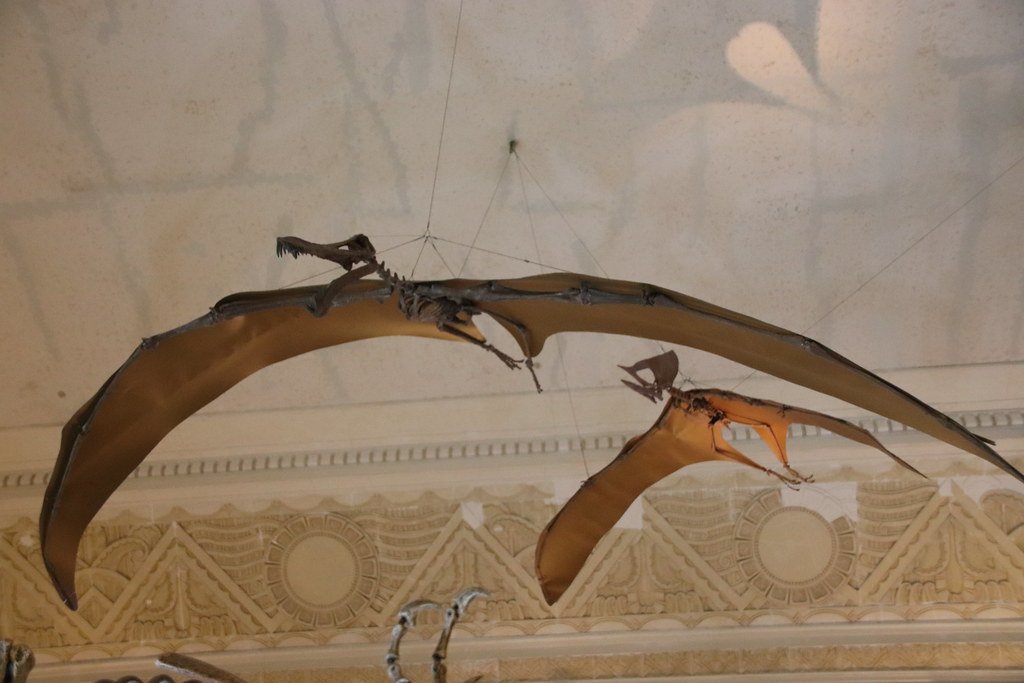
Thanatosdrakon’s discovery has forced scientists to rethink the evolutionary history of flying reptiles. Its unique combination of features—massive size, powerful jaws, and specialized bones—suggests a previously unknown branch of the pterosaur family tree. Researchers are now combing through museum collections worldwide, looking for overlooked fossils that might be relatives of the “Dragon of Death.” Every new bone uncovered adds another piece to the puzzle.
Life in the Cretaceous: A World of Giants
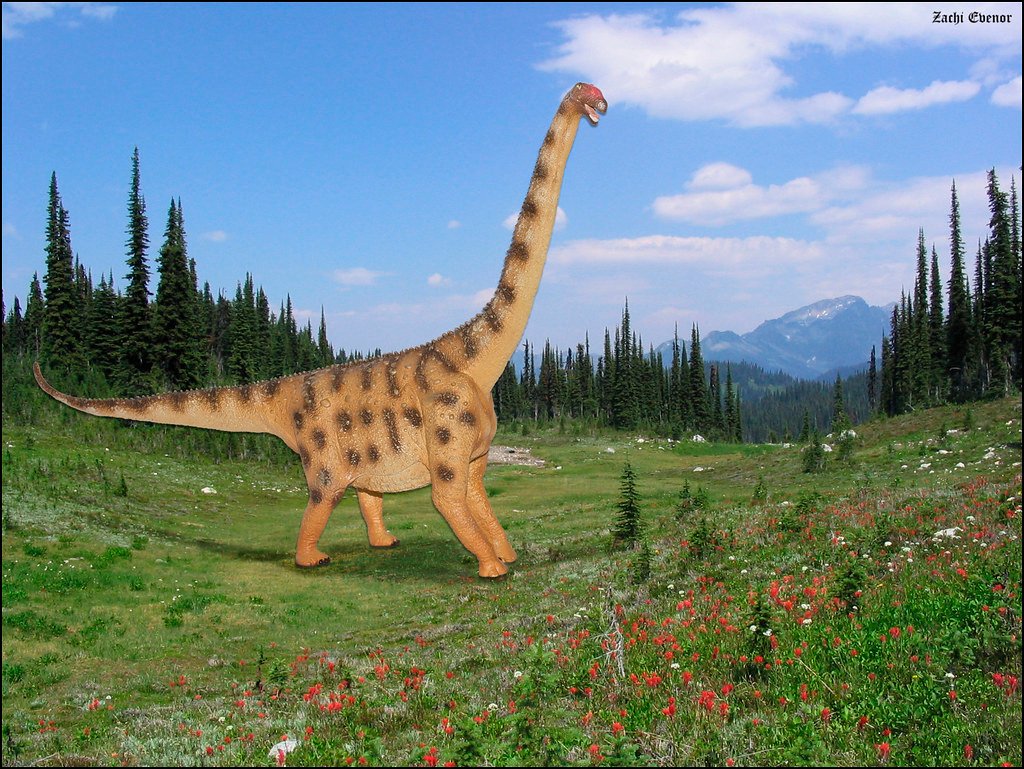
The mid-Cretaceous was an age of titans. In the same ecosystems where Thanatosdrakon soared, enormous dinosaurs like Argentinosaurus and Giganotosaurus roamed the land. The climate was warm, and lush forests fringed vast river systems. In this vibrant world, competition for food and territory was fierce. The “Dragon of Death” would have been both hunter and hunted, a key player in an ecosystem where only the strongest survived.
Flying Without Feathers: The Pterosaur Difference
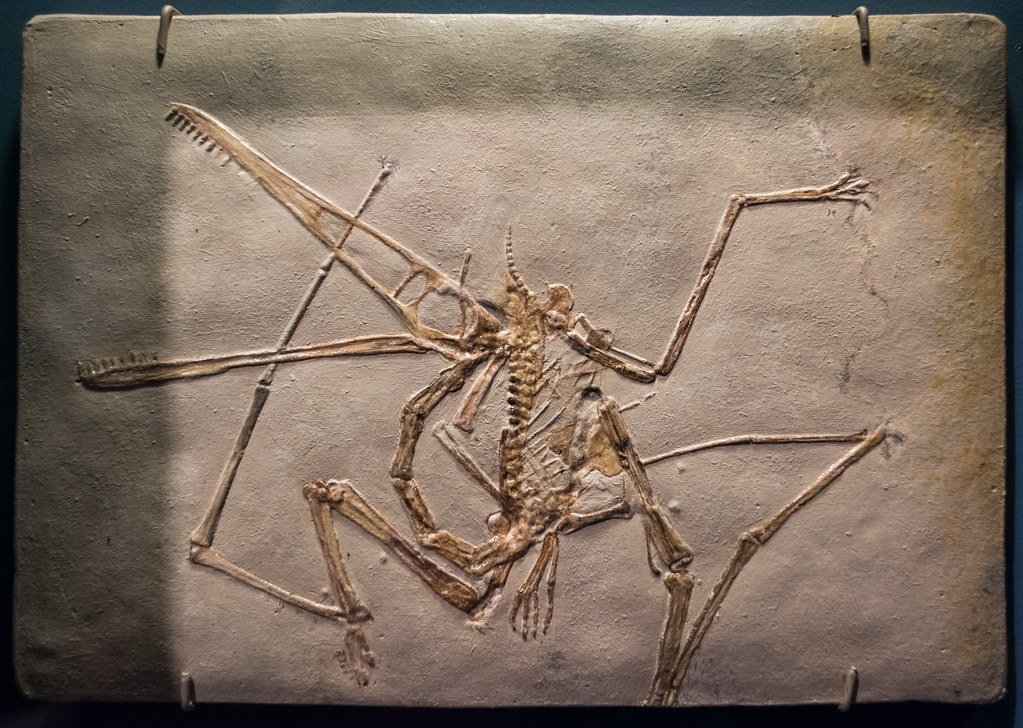
Unlike birds, pterosaurs didn’t have feathers. Instead, their wings were made of skin and muscle stretched between an elongated finger and their bodies. This unique design allowed for impressive maneuverability in the air, letting Thanatosdrakon glide for miles or dive swiftly for prey. Its flight style would have looked utterly alien compared to today’s birds—more like a living hang glider than a flapping sparrow.
How Did Such a Giant Take to the Air?
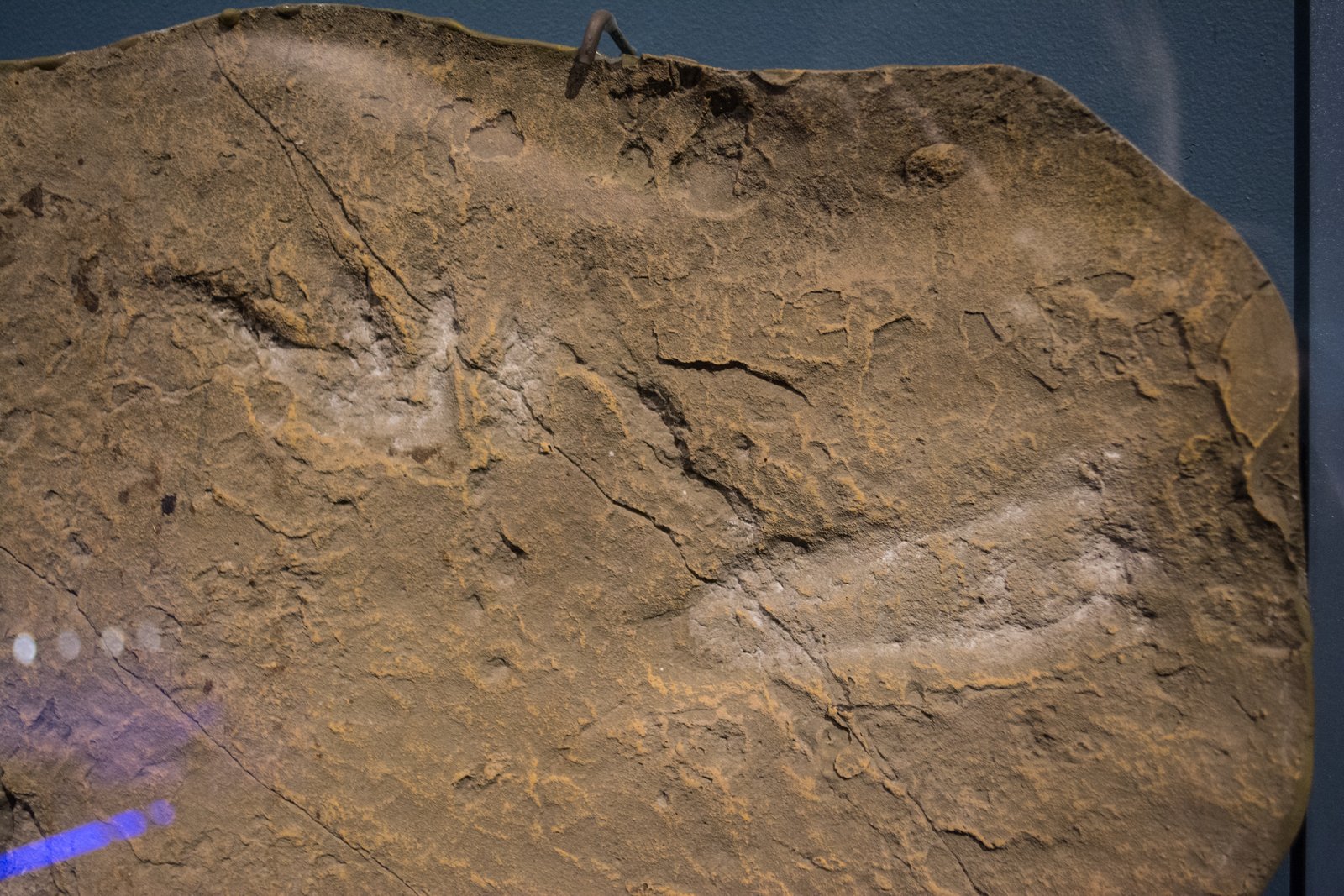
Scientists are still unraveling the mystery of how animals as large as Thanatosdrakon could get airborne. Recent studies suggest that pterosaurs used powerful hind limbs to launch themselves, vaulting into the sky in a single leap. Once aloft, their massive wings generated enough lift for long-distance flight. Their hollow bones and efficient respiratory systems helped keep them light, while massive chest muscles powered their wings. It’s an engineering marvel that nature perfected millions of years before humans ever dreamed of flying.
What Makes This Find Unique?

While large pterosaurs have been found elsewhere, Thanatosdrakon stands out for the completeness of its skeleton and its sheer size. Most giant pterosaur fossils are fragmentary, leaving scientists to guess at their true proportions. In this case, researchers recovered enough bones to reconstruct much of the animal’s body, providing an unprecedented window into its anatomy and lifestyle. The discovery is already changing textbooks and museum exhibits around the world.
The Importance of Argentine Fossil Sites
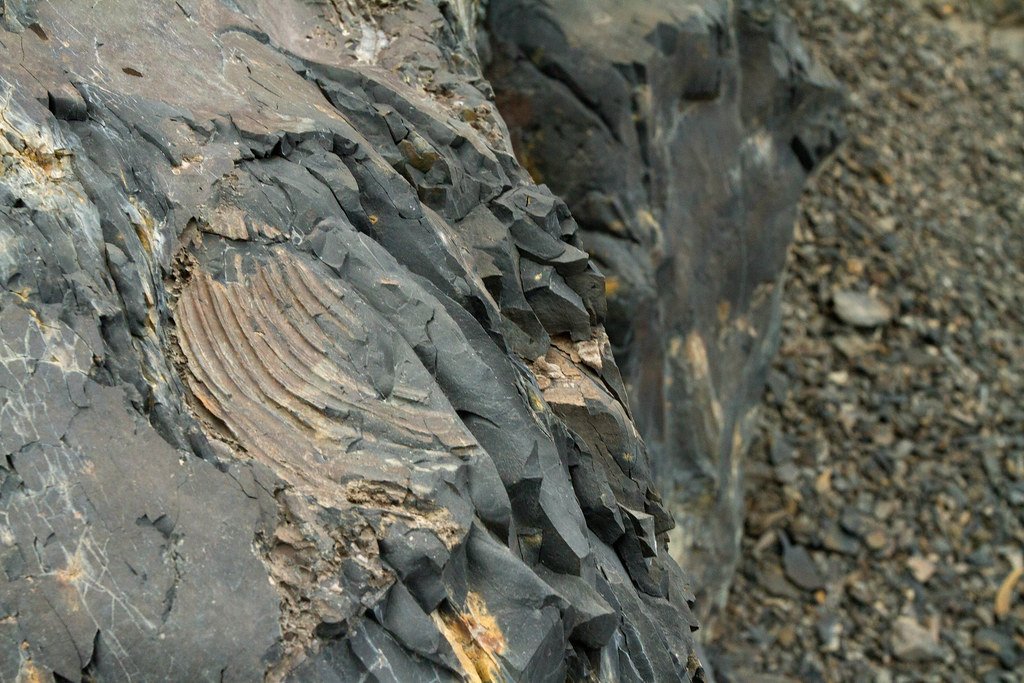
Argentina has become a hotspot for paleontological discoveries, from massive dinosaurs to ancient mammals. The country’s diverse landscapes and rich fossil beds have yielded some of the most spectacular prehistoric finds of the past century. Thanatosdrakon’s remains were found in a region that has produced many other important fossils, cementing Patagonia’s reputation as a treasure trove for anyone fascinated by deep time.
The Legacy of the “Dragon of Death”
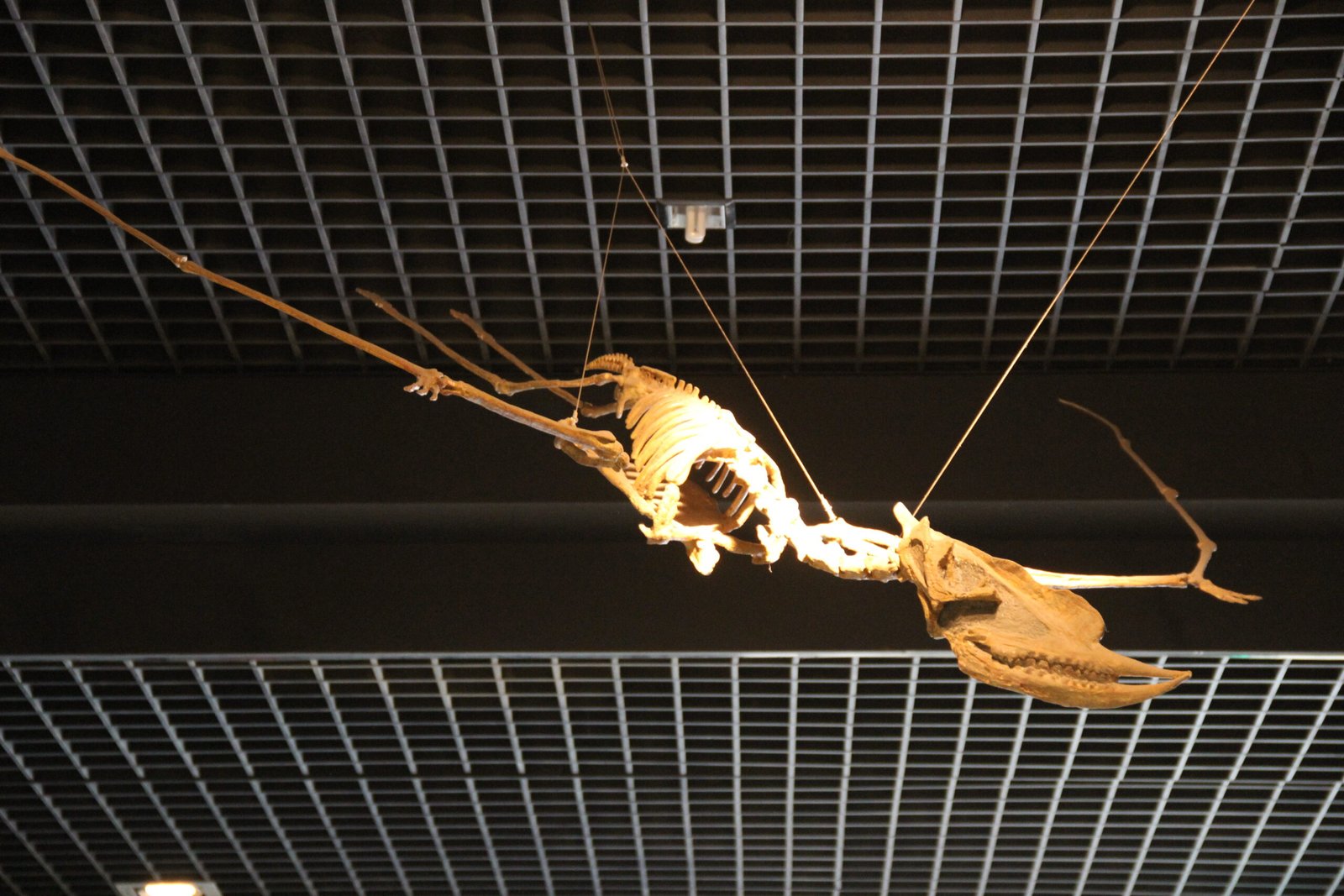
Beyond its scientific importance, Thanatosdrakon has captured the imagination of people worldwide. News of its discovery has inspired artists, filmmakers, and storytellers to reimagine the age of giants. Museums are already planning exhibits featuring life-size models, while children everywhere are adding “Dragon of Death” to their list of favorite prehistoric creatures. Its legacy will live on, sparking curiosity and wonder for generations to come.
What’s Next for Pterosaur Research?
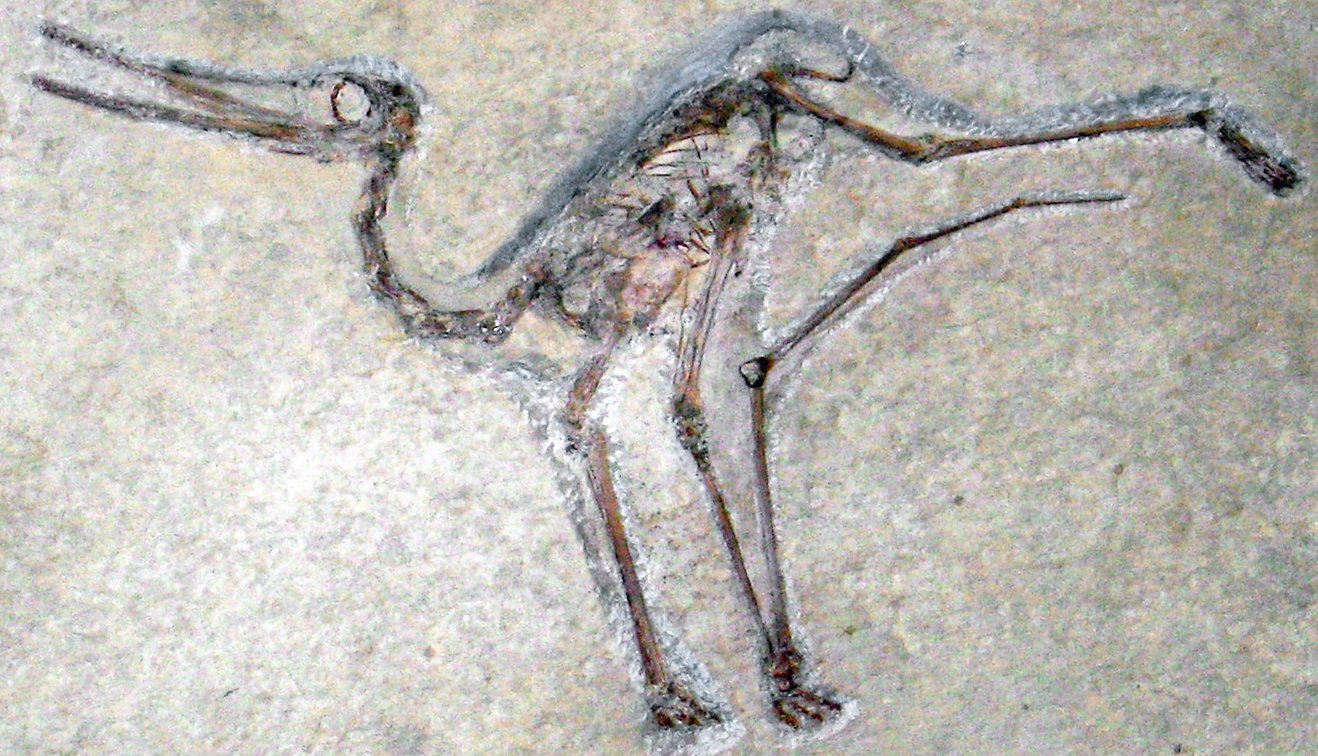
The discovery of Thanatosdrakon is just the beginning. Scientists are eager to return to the fossil site, hoping to find more bones or even new species. Advances in technology, like 3D scanning and digital modeling, are helping researchers piece together how these giants lived and flew. As our understanding grows, so does the realization that there is still so much we don’t know about Earth’s ancient past. Every new discovery brings a fresh sense of adventure and awe.
The Enduring Mystery of Prehistoric Giants

The “Dragon of Death” reminds us that the world was once home to creatures so astonishing, they seem almost mythical. Its fossilized bones are a testament to the power of curiosity, determination, and the enduring human desire to understand our planet’s history. Will more giants emerge from the rocks of Patagonia? The earth still holds secrets waiting to be uncovered. What other dragons might be sleeping beneath our feet, just waiting to take flight once more?




